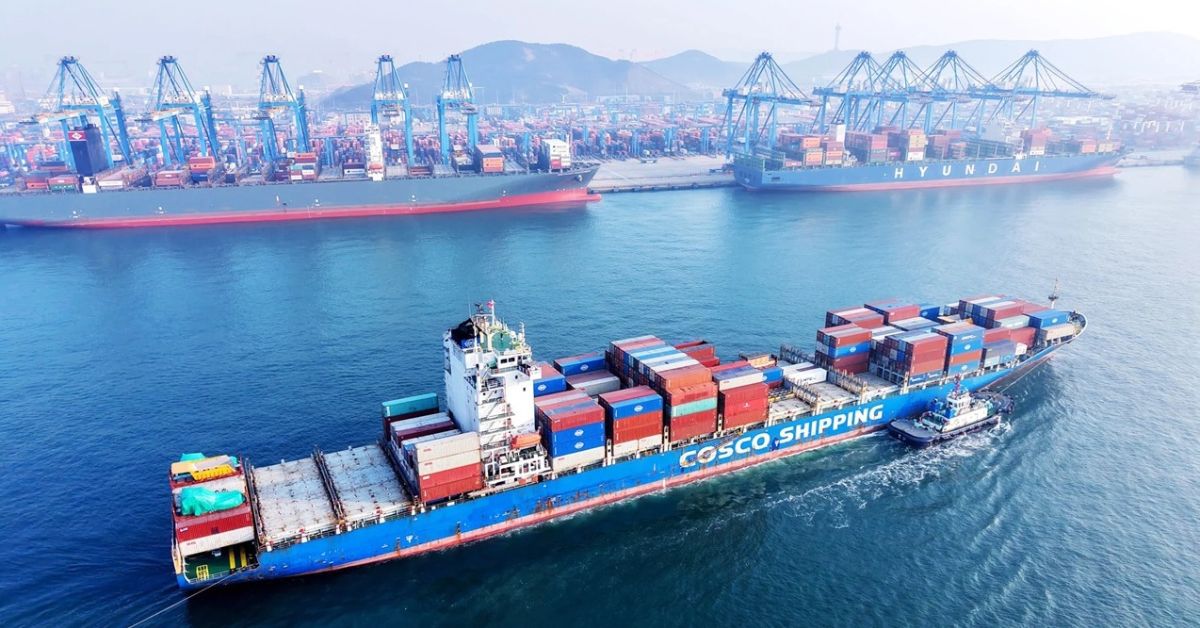US Customs and Border Protection (CBP) has been tasked with enforcing a new fee structure targeting vessels linked to China, following a ruling by the US Trade Representative. The system is set to take effect on October 14, 2025, and applies to both ships owned or operated by Chinese entities and vessels built in China.
For Chinese-owned or -operated ships, fees will begin at $50 per net ton and rise to $140 per ton by April 2028. Vessels built in China but operated by non-Chinese companies will be subject to lower charges, starting at $18 per ton or $120 per container—whichever is higher—and increasing to $33 per ton or $250 per container over the same period. Failure to pay could result in blocked cargo handling and denial of port clearance through forthcoming operational restrictions.
The fees are assessed on a per-voyage (or rotation) basis, capped at five chargeable port rotations per vessel per year, and apply only at the first port of call. Exemptions are granted for short-sea shipping, vessels under size thresholds, US.-owned ships, ballast voyages, and specialized export carriers.
CBP has confirmed that a new Pay.gov payment portal is under development for remittances. Failure to pay the charged service fee will risk operational denial—from offloading cargo to port entry and exit clearance.
This implementation follows industry feedback and revisions to earlier April proposals that had envisaged multi-million-dollar flat fees per call on Chinese-built tankers. A scaled-back tiered structure emerged after objections over feasibility and trade impact.
Supporters of the controversial ruling argue the measure helps counter Chinese dominance in global shipping, elevate US maritime security, and fuel domestic shipbuilding. Critics—including the World Shipping Council and major car-makers—warn it could raise consumer prices and shrink trade volumes at smaller US ports.









